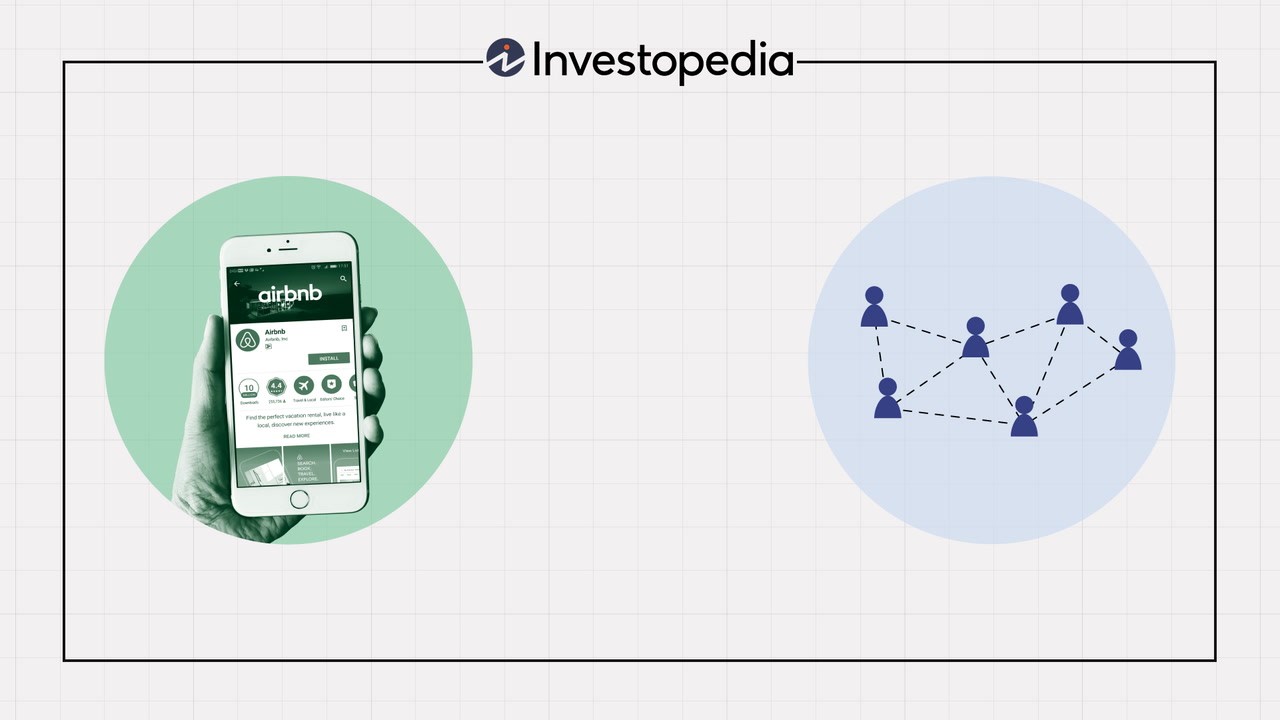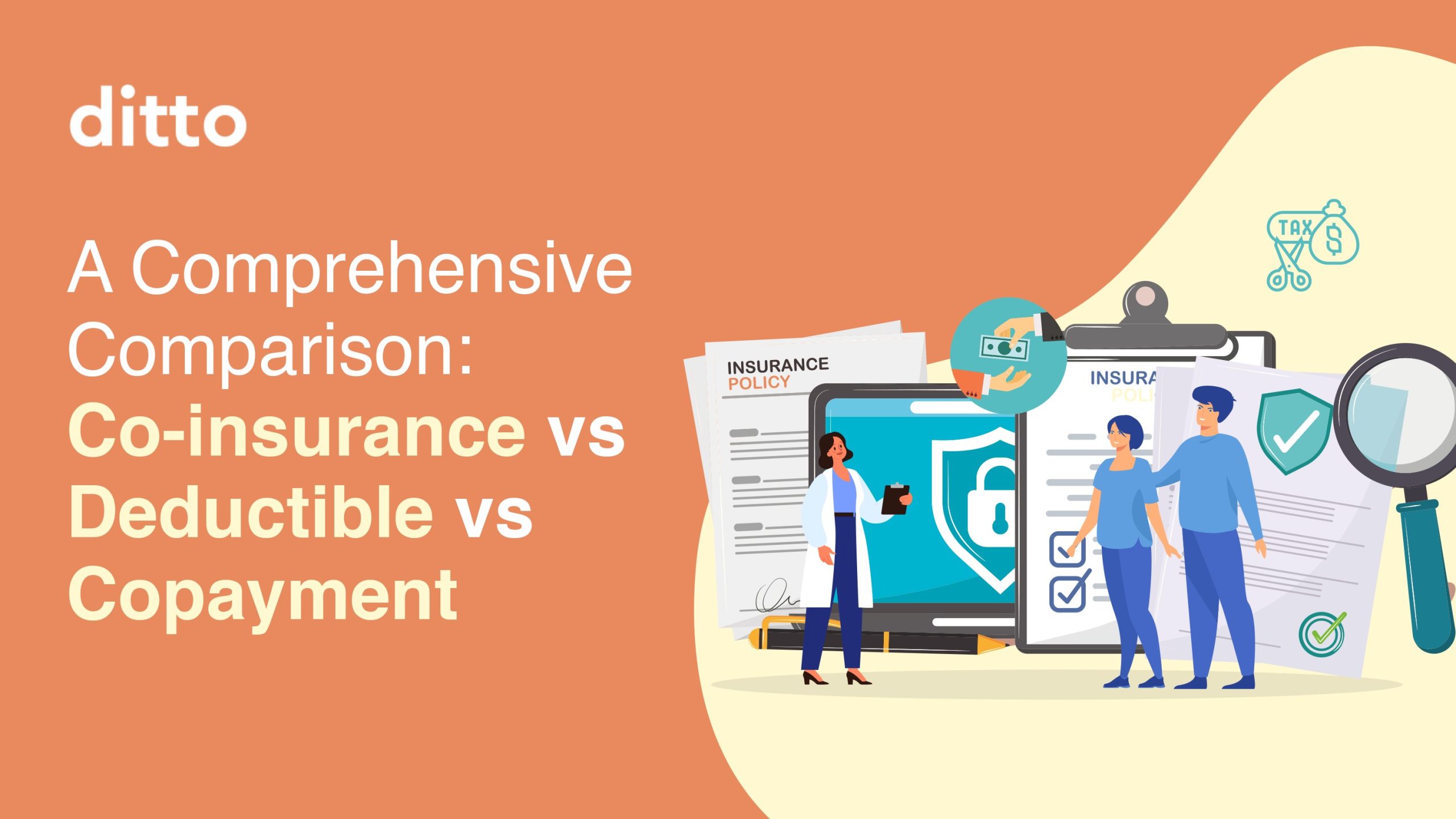Peer-to-peer insurance is a modern twist on a centuries-old concept: people coming together to share risk and support one another in times of need. At its core, peer-to-peer insurance reimagines the traditional insurance model by leveraging technology and community dynamics to create a more transparent, collaborative, and potentially cost-effective approach to coverage. While conventional insurance relies on large institutions to pool premiums and pay out claims, peer-to-peer insurance shifts some of that responsibility to groups of individuals who band together with shared interests and mutual trust.
The basic structure of peer-to-peer insurance involves forming a group of policyholders who contribute to a common fund. This fund is used to pay out claims among the members, with any surplus at the end of the coverage period often returned to the group or rolled over into future contributions. The idea is that by reducing administrative overhead and minimizing profit margins, peer-to-peer insurance can offer lower premiums and more equitable treatment. Technology platforms facilitate this process by handling enrollment, payments, claims processing, and communication, making it easier for individuals to participate without the need for traditional intermediaries.
One of the key advantages of peer-to-peer insurance is the alignment of incentives. In conventional insurance, there can be a perceived conflict between the insurer and the insured—policyholders want their claims paid promptly, while insurers aim to minimize payouts to protect profitability. Peer-to-peer models attempt to reduce this tension by fostering a sense of shared responsibility. When members know that excessive claims or fraudulent behavior could impact the group’s collective fund, they may be more cautious and honest. This dynamic can lead to lower claim rates and a more sustainable pool of resources, benefiting everyone involved.
Trust plays a central role in the success of peer-to-peer insurance. Groups are often formed based on common affiliations, such as professional associations, social networks, or geographic communities. This familiarity can enhance accountability and reduce the likelihood of abuse. For example, a group of freelance designers might form a peer-to-peer insurance pool to cover equipment damage or liability claims. Because they understand each other’s work and risks, they can tailor the coverage to their specific needs and maintain a level of oversight that’s difficult to achieve in a traditional setting. The sense of community also adds a layer of emotional investment, encouraging members to act in the best interest of the group.
Despite its promise, peer-to-peer insurance is not without challenges. One of the most significant hurdles is scalability. While small, tight-knit groups may function well, expanding the model to larger populations can dilute the sense of trust and shared purpose. As the group grows, the risk of adverse selection and moral hazard increases, potentially undermining the financial stability of the pool. To address this, many peer-to-peer platforms incorporate elements of traditional insurance, such as reinsurance or partnerships with established carriers. These hybrid models offer the benefits of community-based risk sharing while maintaining the financial backing and regulatory compliance of conventional insurers.
Regulation is another important consideration. Insurance is a heavily regulated industry, and peer-to-peer models must navigate complex legal frameworks to ensure consumer protection and financial solvency. In some jurisdictions, peer-to-peer insurance is treated as a form of mutual insurance or cooperative, while in others it may fall under entirely new categories. Compliance with licensing, capital requirements, and reporting standards is essential to maintain credibility and avoid legal pitfalls. As the model evolves, regulators are beginning to explore how best to oversee these innovative structures without stifling their potential.
Technology is the backbone of peer-to-peer insurance, enabling efficient administration and data-driven decision-making. Platforms use algorithms to assess risk, determine premiums, and manage claims, often with greater speed and accuracy than traditional methods. Mobile apps and online dashboards provide users with real-time access to their coverage details, claim status, and group performance. This transparency fosters trust and engagement, allowing members to feel more connected to the process. Additionally, data analytics can help identify trends and optimize group composition, further enhancing the model’s effectiveness.
The appeal of peer-to-peer insurance is particularly strong among younger consumers who value transparency, community, and digital convenience. Millennials and Gen Z are more likely to question traditional institutions and seek alternatives that align with their values. Peer-to-peer insurance offers a sense of empowerment and control, allowing users to participate actively in their coverage decisions. It also resonates with the broader trend toward collaborative consumption, where people share resources and responsibilities in pursuit of mutual benefit.
Looking ahead, peer-to-peer insurance has the potential to reshape the industry by introducing new ways of thinking about risk and responsibility. While it may not replace traditional insurance entirely, it offers a compelling complement that addresses some of the shortcomings of the conventional model. As technology continues to advance and consumer preferences evolve, peer-to-peer insurance could become a mainstream option for those seeking a more personalized and community-driven approach to financial protection. The key will be balancing innovation with stability, ensuring that the model remains both effective and trustworthy as it scales.





